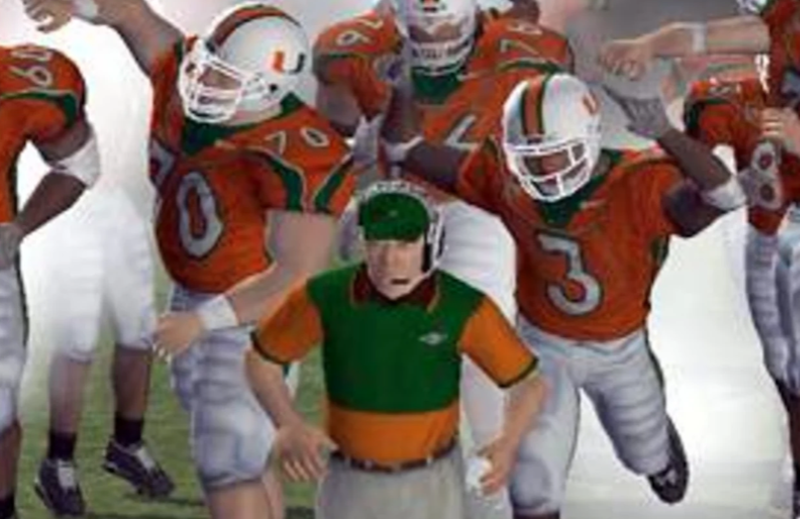24 new coaching hires have been made as the 2023 college football season approaches, constituting approximately 18 percent of the FBS. This figure underscores the significant shift observed in recent years, with over 40 percent of available coaching positions turning over within just the past two years.
Since the 2019 season, 95 coaching changes have taken place, with 71 of those occurring in the preceding three years. These numbers are wild, given that there are only 123 teams playing college football at the highest level. They also underscore the critical role that job security plays in the coaching profession, as it now heavily hinges on the amount of a coach's buyout clause. The top 10 coaches in this regard boast an average buyout exceeding $35 million, which serves as a safeguard against potential termination. Intriguingly, this year’s list includes replacements for five coaches who held their positions for a mere three seasons or less. There’s lots of money to be made in college football, even for getting your sorry self fired, but not much patience.
Given the big money awaiting these jock whisperers—13 of whom weren’t even head coaches before—many of you are undoubtedly wondering how you can enter such a lucrative racket. As always, I stand ready to field your burning queries and return them 100 yards for a game-winning touchdown.
Before you get too deeply invested in this profession, you need to realize that coaching a champion doesn’t take much—just everything you’ve got. The best coaches are winners, so take a good long look in the mirror and ask yourself if you’re a winner. Are you ready to give 150 percent? Will you take it one game at a time? Can you ensure that your players are going to do all the little things you need to win? Do you understand that there is no “I” in team? And that there are several “I’s” in championship? Isn’t that something? It seems like something to me.
Once you’ve answered these questions in the affirmative, start thinking about tactics. Games like “Madden NFL 2004,” “NHL ‘94,” and “Tecmo Super Bowl” are great places to learn how to coach sports teams. These games will teach you the fundamentals: getting a team to gel, developing a high-octane offense, playing tenacious defense, making plays on both sides of the ball, taking care of the football, milking the clock, splitting the uprights, and so forth.
Fantasy football, which is a game played by nerdy bros that involves assigning points to various players’ otherwise-ephemeral statistical achievements, is also helpful if you’re looking to break into coaching. You need your players to post huge numbers if you’re going to win, so studying the conditions under which Bills quarterback Josh Allen can generate 45 fantasy points is good practice for preparing to take a team to the next level and getting some good, quality wins.
Once you’ve got a bunch of players who can rack up the fantasy numbers, head to the field and put on a clinic. When the competitive juices get flowing and you’re diagramming plays perfectly, your players are going to make some highlight-reel plays. It’ll be a whole new ballgame as they score 45 unanswered points and electrify the crowd—or silence the crowd, if you’re playing in hostile territory. Whatever you do though, don’t forget about the crowd factor—or the altitude factor, the climate factor, the motivation factor, the “it” factor, the X-factor, John Barth’s The Sot-Weed Factor, or any of the other factors that factor into winning the big one.
You’ll want to employ state-of-the-art recruiting methods such as seven-figure “name, image, and likeness” bribes to buy the best players available, but don’t forget about those players who fit a need. If you avoid the workout wonders and sign physical specimens with all the tools and plenty of upside potential, your new roster will probably swing the balance of power in the conference. Try to find at least one talented player who’s the epitome of a student-athlete, even if he’s a work in progress or a project who needs to bulk up in the offseason. This kind of person could eventually become the face of the university—a true ambassador for the sport—and maybe even play at the next level.
You should also continue developing your juniors and seniors. These elder statesmen will keep playing as long as they can contribute, and most will give a lot back to the community. The fans love wily veterans like them, players who’ll do whatever it takes to go out on top.
As far as your own career goes, you shouldn’t think about retiring until you get that ring. Keep in mind that the school you’re at has a winning tradition—they manage to go 7-5 most seasons, unless they don’t—and a good, solid foundation to build on. You’ll right the ship and turn things around, because this is a fantastic sports town and these fans deserve a winner.
But there’s always a chance that the game might stop being fun—and that’s when you need to quit and focus on your family. Tip your hat to the other teams and take full responsibility for the losses, but make sure that your players keep their heads held high because they’ve got nothing to be ashamed of. You’re the last one to make excuses, because you’re in the business of winning and recognize that it’s time to move on. The program needs a change of direction, and the new coach is a class act.
There you go, true believers—a can’t-miss game plan for getting the job of your dreams. I’d also advise you to grow a mustache, but that didn’t work out so well for Pitt’s criminally underrated Dave Wannstedt or ex-Boston College shot caller Steve “Guys Being Dudes” Addazio.

